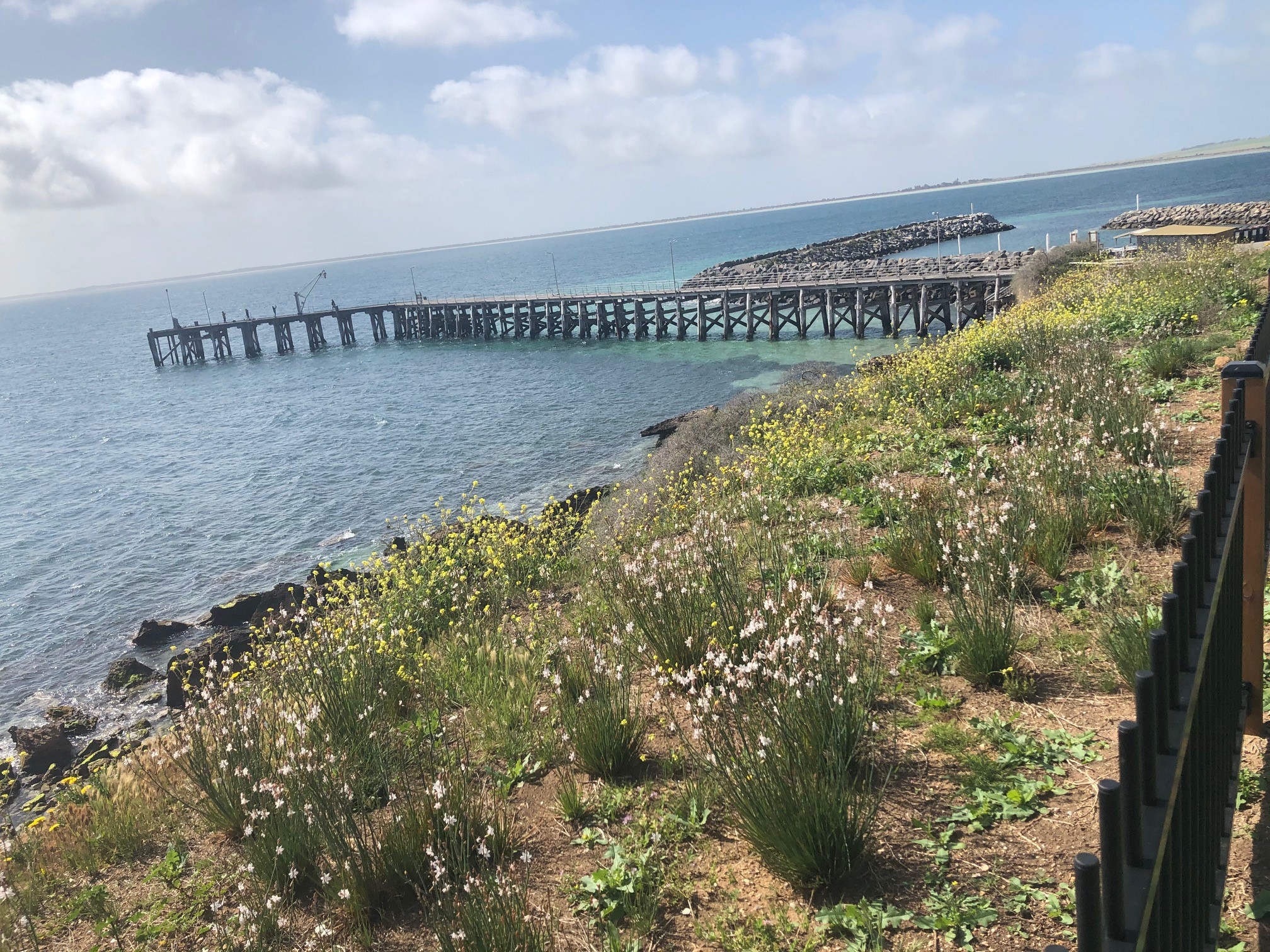Coastal adaptation decision pathways guidance

This project's final report and evaluation was completed on 18 January 2021.
Project approach
In 2019, the LGA Secretariat received funding from the Local Government Research and Development Scheme (LGR&DS) to revise and update the 2012 LGA Coastal Adaptation Decision Support Pathways Guidelines (“Guidelines”) for councils.
The LGA commissioned Edge Environment to engage with member councils to develop the revised Guidelines. The Guidelines are provided to support South Australian councils in assessing and quantifying the likely impacts to coastal councils from coastal inundation and erosion as a result of climate change as well as seeking to capitalise on actions and decisions that can be made by councils to address local issues.
The 2012 Guidelines were successfully utilised in the development of more than ten Coastal Adaptation Plans across the state. The learnings gained through the development of these council plans and through best practice examples of international, state and territory governments have been utilised to inform the revised Guidelines.
A thorough consultation process was undertaken involving an online survey, workshops (including a user testing workshop) and an opportunity for our membership and key stakeholders to comment on the draft Guidelines. Workshops were held in Adelaide, Robe and Port Augusta, and online. Responses on the draft guidelines were received from councils (metropolitan and regional), the Mutual Liability Scheme, the Department for Environment and Water and the South Australian Coastal Councils Alliance.
Project achievements
The Coastal Adaptation Guidelines (the Guidelines) aims to provide support to South Australian councils in assessing and quantifying the likely impacts to coastal councils from coastal inundation and erosion as a result of climate change.
The framework seeks to capitalise on actions and decisions that can be made by councils to address local issues. They are based on international and national best practice. The framework focuses on key areas of risks for councils including legal liability, financial impacts, planning and asset management.
The Guidelines explore key areas of risks for councils including legal liability, financial impacts, planning and asset management. They present a six-step decision pathway to provide support to councils in assessing and quantifying the likely impacts of inundation and erosion:
- Stocktake - Undertaking a stocktake of past hazard and impact assessments and planning processes is essential to establish the starting point for a project. This ensures that previous work is not repeated and that lessons learned are built upon.
- Engaging with stakeholders - Engagement with internal and external stakeholders is essential to raise awareness to build shared understanding of the risks of coastal hazards and seek input to the responses that local government undertakes to manage impacts on built and natural assets.
- Identifying coastal hazards - Identifying coastal hazards is an essential step in undertaking coastal adaptation planning and should as a minimum consider hazards as they relate to coastal flooding and enhanced coastal erosion.
- Assessing risks - Assessing risk is required to determine how the community, business and the environment may be directly and indirectly impacted by coastal hazards under current and future conditions. Risks should be considered as a minimum in relation to flooding and erosion for built and natural coastal assets.
- Identifying adaptation options - Identifying and assessing adaptation options is required to ensure that coastal adaptation planning leads to on-ground action that builds resilience to current and future coastal hazards. It should be done in the context of a council’s broader strategy regarding risk reduction.
- Plan development and review - The development of a plan or strategy as an output of a local coastal climate adaptation planning process needs to summaries the outcomes of the assessment process and present the future direction of the council to internal and external stakeholders. The focus on implementation should consider resourcing requirements and a commitment to monitoring, evaluation and review.
The Guidelines empower coastal councils to develop practical, on ground action to address climate related impacts, as aligned to the State Government’s strategic direction, in particular the Blue Carbon Strategy for South Australia 2020–2025.
Performance measures
No formal performance measures were identified for project evaluation when this project was commissioned in 2019, by the then project sponsor.
The effectiveness of the Guidelines will become evident as they are used by member councils. Their impact will become know over time. For example, we now know that the 2012 Guidelines were successfully utilised in the development of more than ten Coastal Adaptation Plans across the state. The learnings gained through the development of these council plans and through best practice examples of international, state and territory governments have been utilised to inform the revised Guidelines.

Ratings and comments